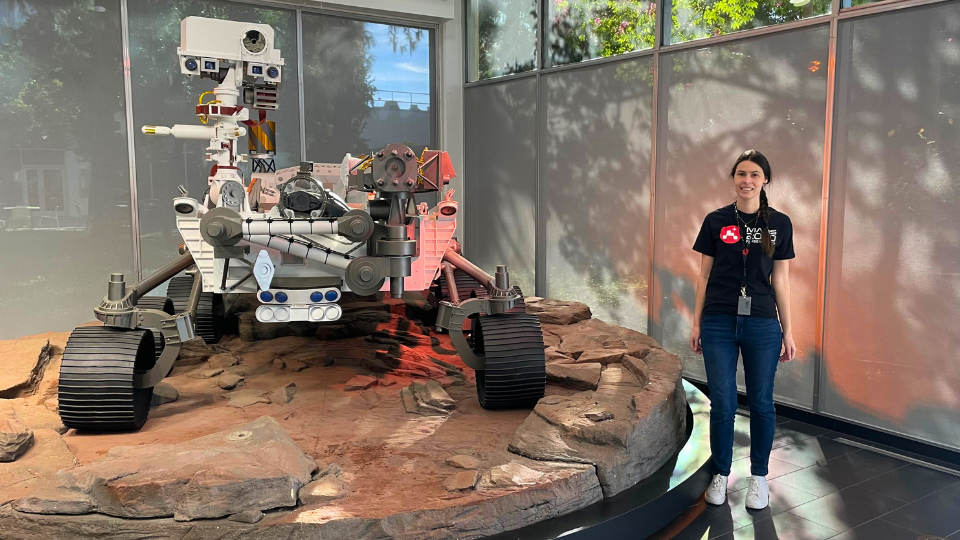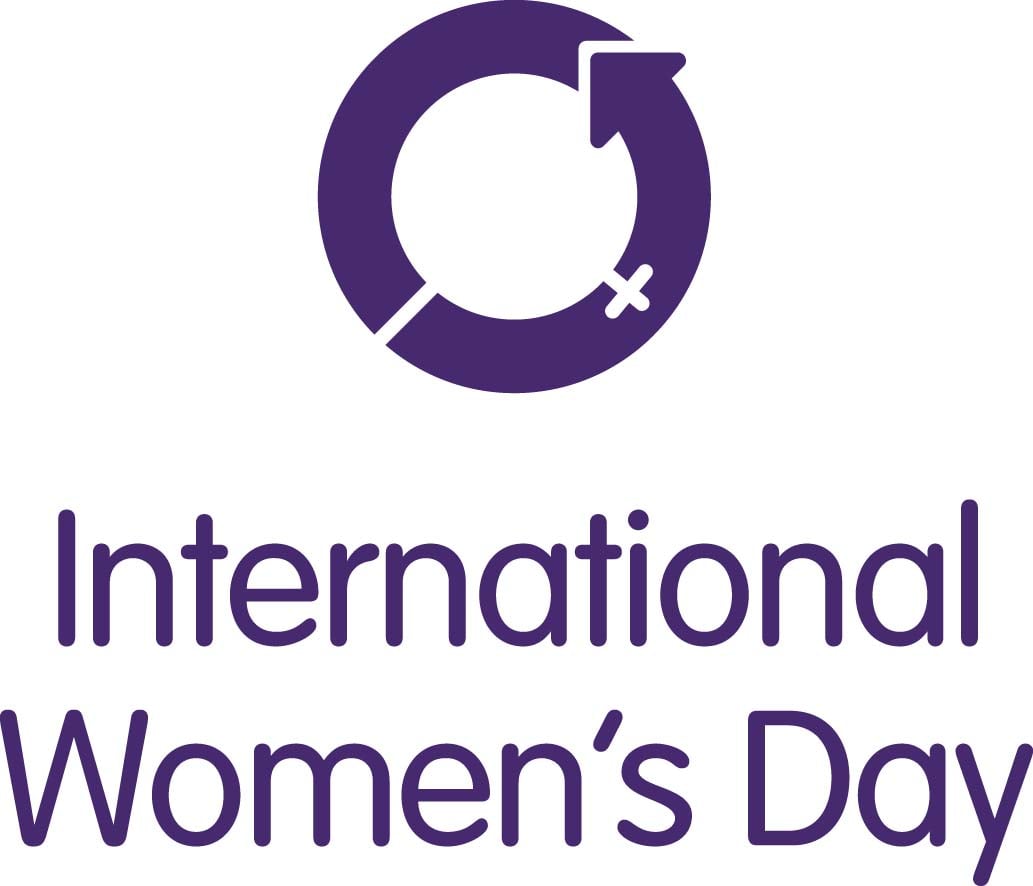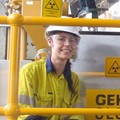Meet Dr Brianna Ganly, connecting X-Ray Science with Mining
In our latest interview celebrating women in mining, we sit down with Dr. Brianna Ganly, a pivotal figure making waves in the dynamic world of X-Ray Science.
Dr Ganly delves into her unique roles and experiences, including her involvement in NASA’s Mars 2020 Mission Perseverance Rover team. She shares captivating moments from her long-standing career at CSIRO, Australia’s national science agency, and reflects on this years International Women's Day theme. Offering valuable advice for aspiring girls in STEM, she also explores the pathways available for them to step into impactful roles similar to hers.

Can you tell us about your role leading the X-Ray Science team? What is the nature of your work, and what are the ultimate goals or outcomes you aim to achieve with the projects you're involved in?
I am fortunate to have two leadership roles in the CSIRO Mineral Resources Business Unit. I am a team leader who supports a team of physicists across a combination of industry and research projects, and I am also the Sensor Theme Leader in a CSIRO initiative called the Autonomous Sensors Future Science Platform (AS FSP), supporting highly innovative research projects.
My role is unique as it requires a breadth of knowledge across all kinds of sensors used in the mining industry, and enough depth of knowledge in specific radiation-based sensors to drive new developments. Within my AS FSP role, I work across all of CSIRO and identify opportunities for the application of existing mining industry sensor technology into other Australian industries, and vice versa.
My ultimate goal is to develop a new technology and trial it successfully in the mining industry.
Why did you choose a career in science, and did you encounter any biases or stereotypes along the way? If so, how did you navigate these challenges?
I first choose to study engineering as I enjoyed the practical real-world aspect of engineering, but after my first summer internship I learned I really love the explorative nature of scientific research. After my bachelor's degree, I chose to complete my PhD jointly with CSIRO and UNSW, which enabled me to complete some explorative applied physics research and then apply my results to the mining industry. I feel that I got the best of both worlds!
With regards to challenges, I found navigating conferences to sometimes be difficult. Applied physics and mining industry conferences are very male dominated, and I had some negative experiences at a few of them. I found the best way to move past any biases against me was to be confident in my work and my expertise and to call out any comments biased against women on the spot.

What is the most fascinating aspect of your job or the incredible experiences you have encountered throughout your career?
The most fascinating aspect of my job so far has been navigating the overlap between the minerals industry and the space exploration industry. One specific example is my expertise in X-ray Fluorescence (XRF), an elemental sensing technique used in exploration and minerals processing. This technique also has a lot of history being used in space exploration on Mars, where, just like in the mining industry, samples have to be measured in-situ and with little preparation.
Last year, I headed to California for four months as a visiting scientist with NASA’s Jet Propulsion Laboratory (JPL) to work with the Mars 2020 Mission Perseverance Rover team. I was working on an instrument called PIXL, which stands for The Planetary Instrument for X-ray Lithochemistry, and uses XRF to make elemental maps of rocks on the surface of Mars. It was a great experience to apply my knowledge developed for the minerals industry, work with a team of planetary scientists and experience what it is like to contribute to a mission on another planet.
This year's International Women's Day theme is #InspireInclusion, with a specific focus on supporting women and girls into leadership, decision-making, business, and STEM. What does this theme mean to you, and what advice do you have for young girls interested in pursuing careers in STEM? Can you share some insights into the avenues available for them to enter such dynamic, exciting, and impactful roles like yours?
Supporting women and girls into leadership, decision-making, business and STEM is very important to me. I believe a lack of diversity can hinder innovative thinking within an organisation, and by encouraging more girls into STEM, but also leadership within STEM, is the key to future successes.
I would advise young girls who are interested in pursuing STEM to give any opportunities that come along a serious go! In my experience it’s common for girls to have low confidence with maths and science in school, and I think a lot of girls would be surprised that if they signed up for things like coding courses, they are completely capable of learning those skills. Now is a great time for girls to investigate the space industry as NASA plans to put the first woman on the moon in the near future, and there are some exciting initiatives to engage students with the Australian space industry. A Google search should reveal the opportunities in different cities for girls of all ages.
Dr Brianna Ganly
Additionally, Brianna is the Sensor Theme leader within the Autonomous Sensors Future Science Platform, a CSIRO initiative to support innovative sensor developments. Brianna is specialised in X-ray Fluorescence (XRF), and elemental sensing technique used for mineral exploration and process control, and also has a keen interest in using XRF for space exploration.
CSIRO is a Major Partner for AusIMM's International Women's Day Event Series. For more inspiring stories like Michelle's, follow AusIMM on social media using the hashtag #CelebratingWomeninMining or catch up via our latest news!


